
Boomers grew up in a world that promised stability—careers for life, products built to last, and social norms that felt set in stone. But times changed, and many of the things once seen as permanent didn’t hold up. Here are 15 things boomers thought would last forever.
Mail-order catalogs.
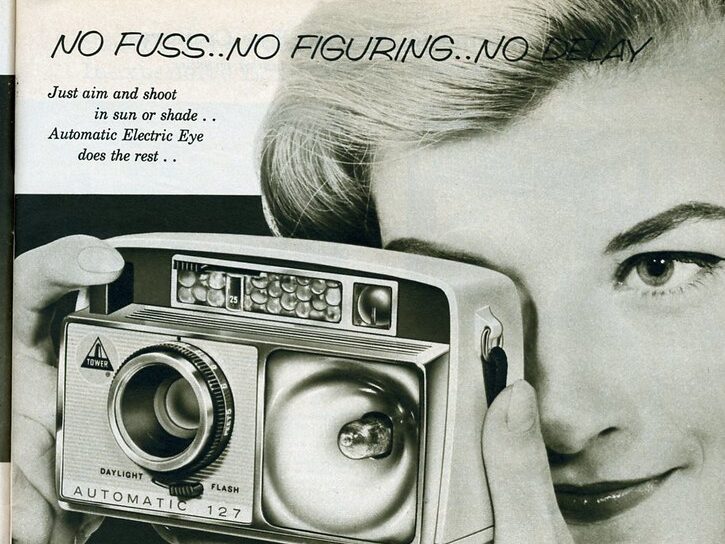
Back then, flipping through thick catalogs from Sears or JCPenney was how people browsed for clothes, tools, or even a new fridge. It felt like window shopping from the couch. Boomers assumed these big books would always show up in the mail with neatly dog-eared pages and handwritten orders. But the internet made them obsolete almost overnight, turning a decades-long habit into a piece of nostalgia.
Jobs with pensions.

A steady job once came with real security—health benefits, vacation days, and a pension waiting at retirement. Boomers were raised to believe that if you stuck with one company and worked hard, you’d be taken care of. That model began to crumble in the late 20th century as companies cut pensions, outsourced work, and replaced long-term employees with contract roles.
Physical maps.

Families kept a stash in the glove box, ready to be unfolded across a car hood at a gas station. Boomers grew up learning how to read them and assumed this skill would always be necessary. But with GPS and smartphones, paper maps became more of a relic than a tool, fading out of everyday life quietly.
Home phones with cords.

The house phone had a central place—sometimes on a wall, with a long cord stretched into the next room. Everyone memorized phone numbers, and the sound of a busy signal meant someone was chatting. Boomers never imagined phones would become tiny computers in your pocket. Now, that rotary dial or corded handset feels like something out of a museum.
Movie rental stores.
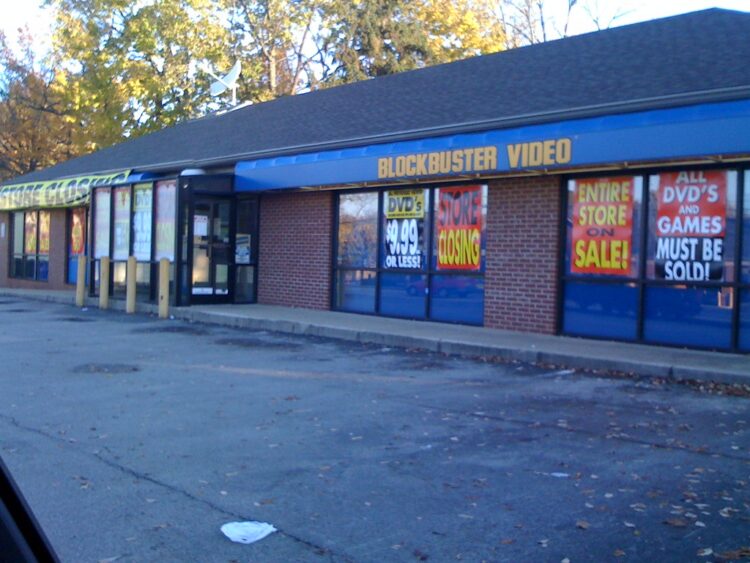
Friday nights meant walking into a Blockbuster, scanning shelves for the perfect VHS, and hoping your pick wasn’t already checked out. It was part of the weekend ritual. Boomers didn’t foresee a world where you could watch anything on demand without leaving the couch. Once streaming took over, those shelves emptied for good, and the experience faded just as fast.
Social manners in public.

Holding doors, saying “excuse me,” or dressing up for flights used to be expected, not praised. Boomers grew up with a strong sense of etiquette, especially in public settings. They assumed it was a shared understanding. However, over time, casual culture replaced many of those norms. Now, what was once considered basic manners often feels optional or old-fashioned.
Print newspapers.

Mornings started with a newspaper on the doorstep, maybe shared over breakfast. Boomers were used to flipping pages, clipping coupons, and reading local headlines in print. The idea that news would one day be digital, constantly updated, and behind paywalls wasn’t part of the plan. Most papers are now read on screens.
Department stores as destinations.

Going to a department store wasn’t just about shopping—it was an outing. You’d dress nicely, walk through every floor, and maybe stop at the cafe inside. Boomers thought these places would anchor malls forever. But online shopping, fast fashion, and changing habits pushed many into decline. What once felt like a social experience now feels like a memory.
The nine-to-five workday.
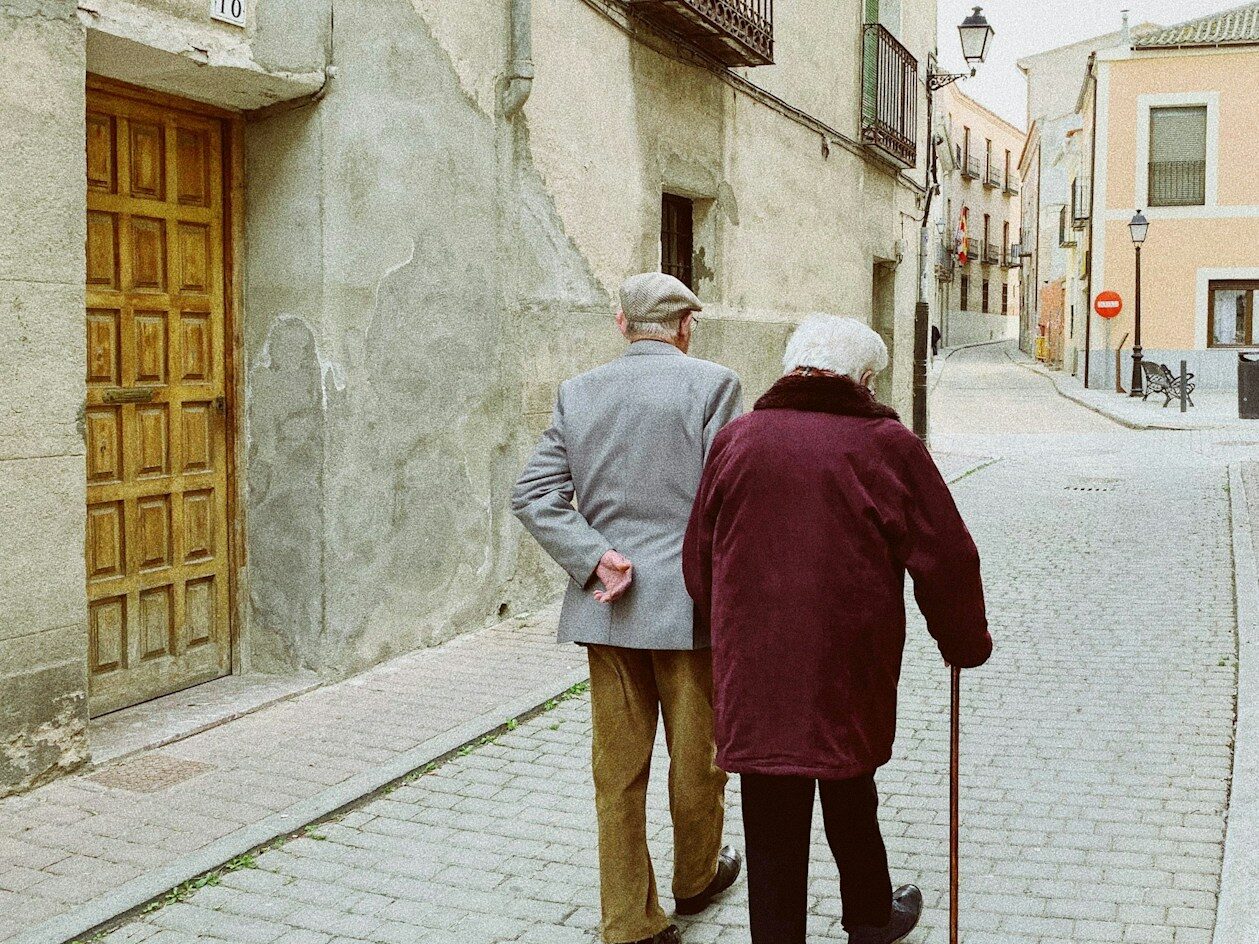
Clocking in at 9 and leaving at 5 was the standard. It shaped how people lived, planned weekends, and defined “work-life balance.” Boomers built their routines around this schedule and believed it would carry on. But flexible hours, remote work, and hustle culture changed everything. Now, many jobs stretch outside those boundaries or abandon the concept altogether.
TV channels with set times.
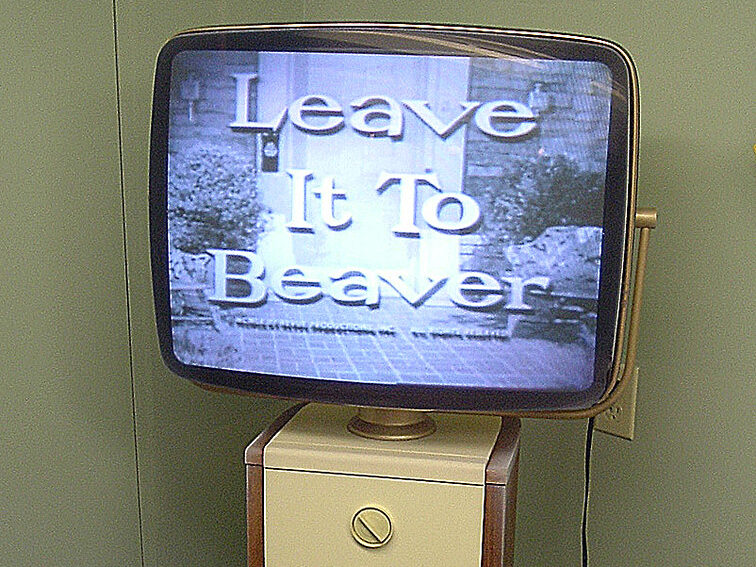
You waited for your favorite show to air, maybe even scheduled your evening around it. Boomers couldn’t pause or rewind—they caught it live or missed it. Commercials were just part of the deal. They assumed this shared TV experience would last. However, streaming gave people control, and traditional channels slowly lost relevance, especially for younger viewers.
Cash as the main way to pay.

You always carried some bills. Paying with cash was standard, and writing checks was just part of life. Boomers couldn’t have predicted a world where people tap phones to pay or split checks through an app. Now, cash is used less frequently, and many stores are moving toward fully cashless systems.
Fixing things instead of replacing them.
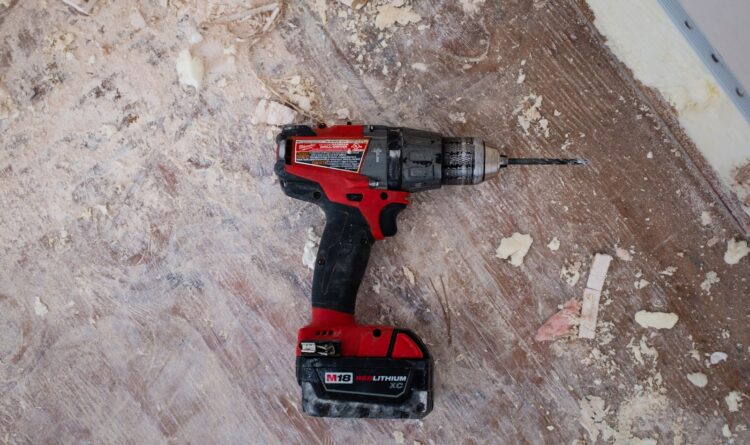
You didn’t toss a toaster when it broke—you fixed it. Boomers came from a time when products were made to last, and repair shops were everywhere. They expected durability and saw value in keeping things working. But modern appliances often cost more to fix than replace, and many are designed with short lifespans, changing how people treat their stuff.
Public trust in institutions.

Boomers were raised during an era of trust—teachers were respected, the news was reliable, and leaders felt more accountable. Over time, scandals, misinformation, and partisanship eroded that foundation. Today’s younger generations often approach institutions with skepticism, and that shift in trust marks a big cultural change from what boomers expected to last.
Handwritten letters.

Whether it was a love note or a birthday card, writing by hand carried weight. Boomers grew up writing and receiving letters that people saved in shoeboxes. They never imagined texts or emails would fully replace that intimacy. But now, most communication is digital and brief. A handwritten letter feels rare—and for many, more sentimental than ever.
Movie theaters as the only way to see new films.
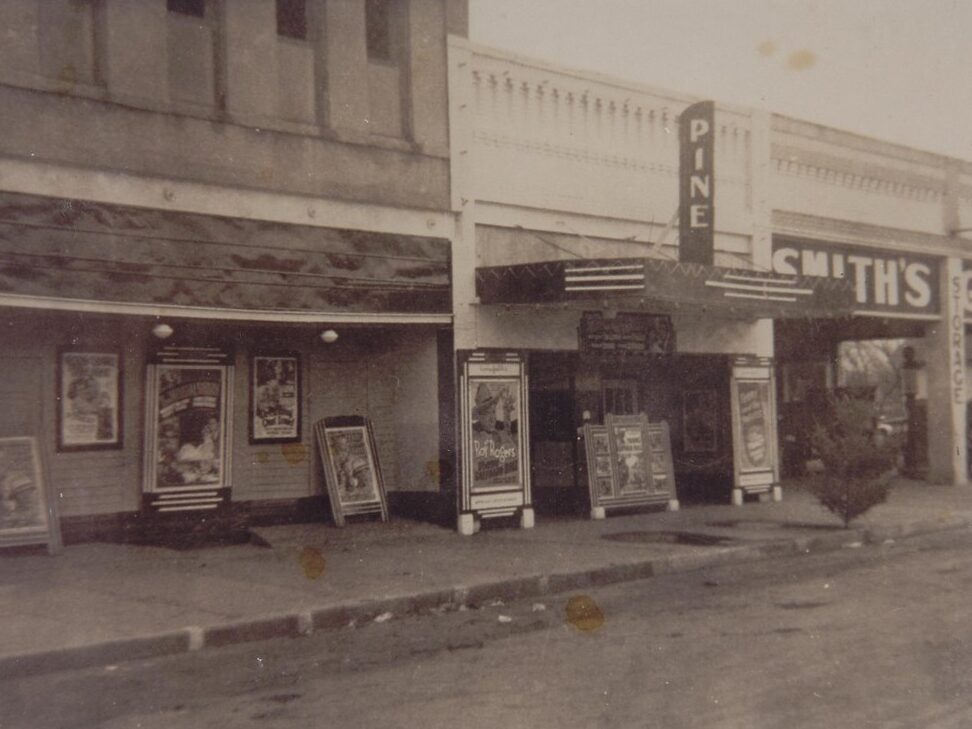
If a movie came out, you went to the theater. That was the only way. Boomers couldn’t imagine premiering a film at home or skipping the cinema altogether. But streaming platforms now release major movies straight to digital. While theaters still exist, that exclusive window is shrinking, and the idea of needing to go out to see a film is quickly fading.

